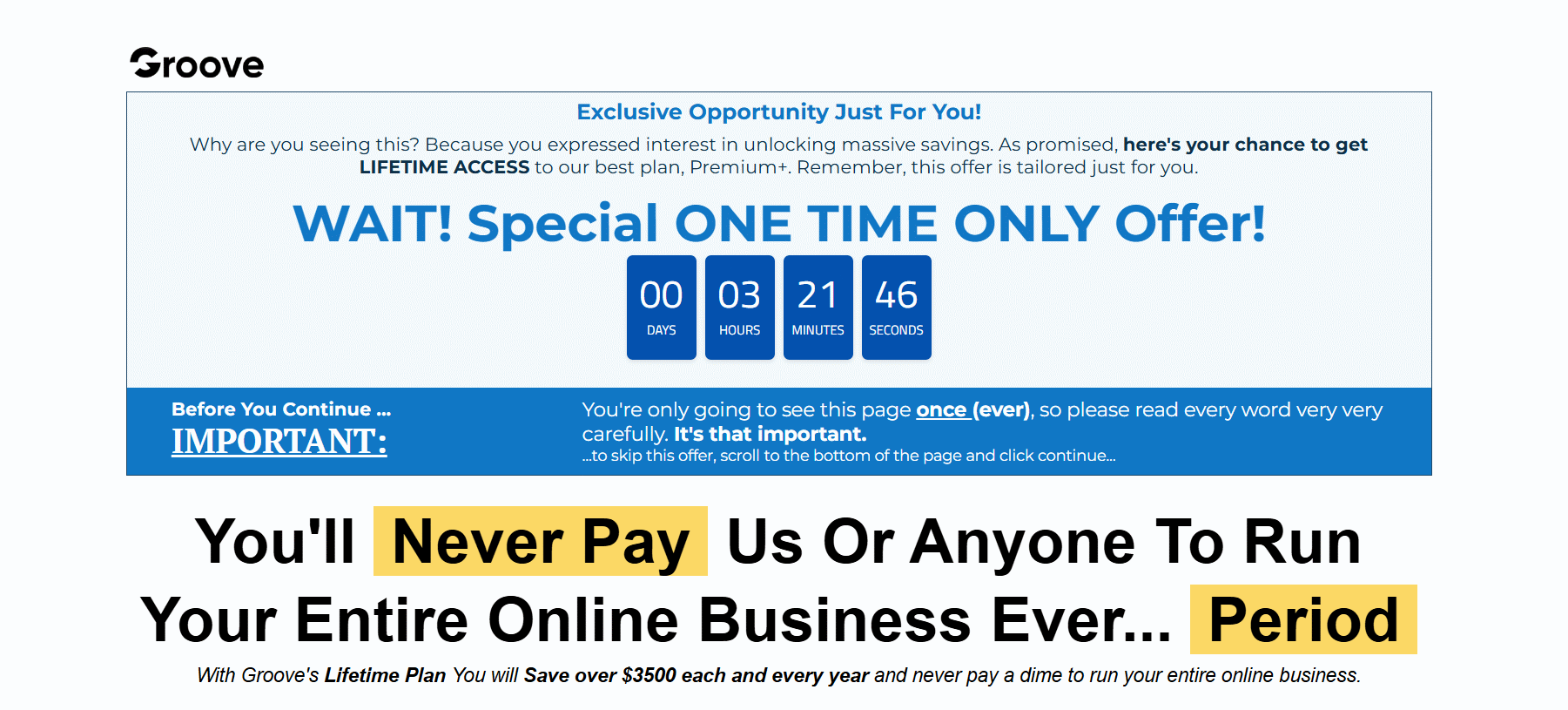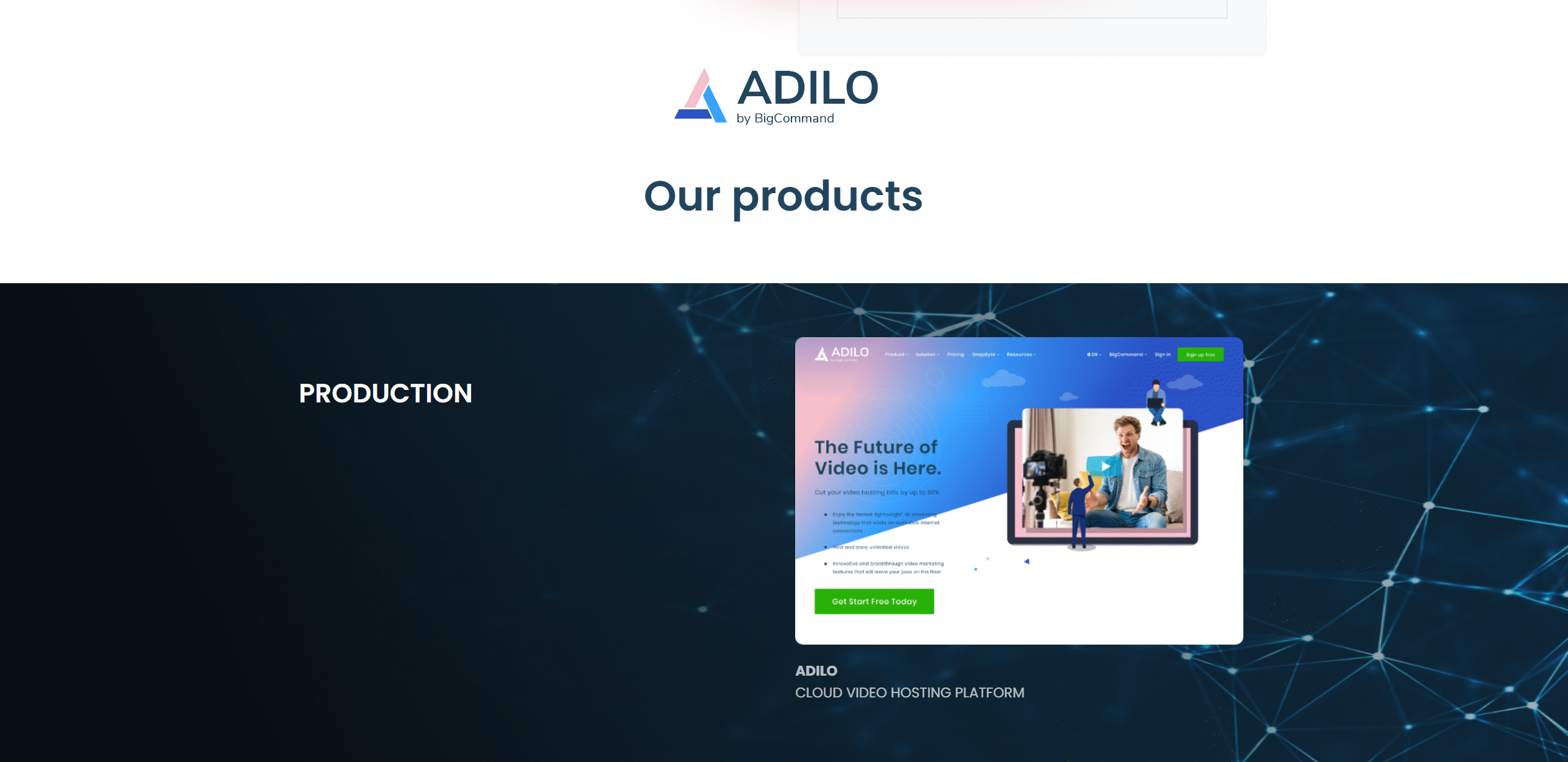Let’s be real: most of us have half-finished blog drafts, lost PDFs, and story ideas scattered across sticky notes and Google Docs. That was me—until I stumbled (almost literally) onto Designrr while doom-scrolling late one night. Skeptical but intrigued, I dove in. What followed was an eye-opening experiment in slapping together rough content, watching it morph—almost magically—into a slick lead magnet. Here’s what really happened, what surprised me, and why I’m sharing the odd twists from my journey. Spoiler: Not everything went as planned, and that’s half the fun.
The ‘Import Everything’ Experiment: From Messy Notes to First Draft
Anyone who’s ever tried to wrangle years of scattered blog posts, random PDFs, and the odd newsletter knows the pain of starting an eBook project. The promise of Designrr software is simple: import your content—no matter how messy—and watch it transform into a draft ready for eBook creation. But does it really work? Here’s what the experiment revealed.
Importing Content from Everywhere (and Surviving)
The first step was throwing everything at Designrr’s content import tool. Decades-old blog posts? Check. PDFs with weird formatting? Absolutely. Even a quirky newsletter buried in my email archives. The process was as straightforward as entering a URL or uploading a file. Designrr supports imports from Word, PDF, Google Docs, and web pages—making it flexible for just about any source.
What stood out immediately was how the software handled web content. Navigation bars, ads, and sharing icons—those usual suspects that clutter up a page—were stripped away automatically. The imported content was clean, focused, and ready for editing. No more wasting time deleting junk or reformatting paragraphs. According to research, this background processing skips unwanted elements, letting users focus on actual writing instead of cleanup.
Draft Editor: Mashups, Merging, and On-the-Fly Edits
Once the content was in, Designrr’s draft editor made it easy to experiment. I could mash together pieces from different sources, edit paragraphs on the fly, and play with structure before worrying about design. The editor supports working with multiple drafts and merging them into a single eBook—perfect for those who like to tinker or build their book in stages.
For a wild card test, I pasted in content from three totally unrelated sources just to see if the system would crash. It didn’t. Everything loaded smoothly, and I could rearrange, delete, or rewrite sections without any hiccups. This flexibility is a huge plus for anyone with eclectic source material.
Beyond WordPress: Importing Posts and Pages
Unlike many tools, Designrr isn’t limited to WordPress. Users can import both posts and pages from any website, plus documents from Word and Google Docs. This opens up eBook creation to a much broader range of content and platforms.
"I make up an e-book style pdf file and link to it from an email sent to my subscribers. The finished article is far superior to the low key email. It’s a real winner for a great price." – David Schofield
One important note: while importing is easy, users are reminded to respect copyright and only use content they own or have permission to repurpose.
Templates, Customization, and the Secret Sauce for Making It Look…Not Cheap
One of the standout Designrr features is its deep library of eBook templates. Whether someone is aiming for a sleek “Minimalist Planner” vibe or something more playful like “Retro Coach Potatoes,” there’s a style to match almost any niche. Research shows that Designrr’s Standard Plan includes over 100 templates, while the Pro Plan unlocks more than 300. That’s a lot of creative runway for anyone looking to publish professional-looking eBooks without hiring a designer.
Customization is where Designrr truly shines. The platform feels a bit like a streamlined Canva—users can tweak fonts, swap out images, shuffle layouts, and fine-tune colors with just a few clicks. There’s no need for extra graphic software or a design degree. The drag-and-drop editor is forgiving, making it easy for both perfectionists and those who prefer a bit of creative chaos to get the look they want. With access to 900 Google Fonts and a built-in royalty-free image search powered by Unsplash, the possibilities are extensive. Users can upload their own images or choose from curated collections, ensuring every eBook feels unique and on-brand.
It’s not just about looks, either. Designrr includes practical features that add a professional edge to every project. With one click, users can generate a table of contents and add automatic page numbering—details that instantly make any eBook feel more polished. Custom headers and footers are also available for those who want to add that extra touch. However, it’s easy to overlook these finishing touches if you’re rushing. A quick tip: take your time with the table of contents and page numbers. These small details can make a big difference in how readers perceive your work.
For those concerned about copyright or image sourcing, Designrr has it covered. All images provided are royalty and copyright-free, so there’s no need to worry about licensing issues. And with the commercial license included (valued at $497), users can create and sell unlimited eBooks to clients, making it a powerful tool for freelancers and agencies.
"We were able to 3x our revenue by adding ebooks as an option to our content services. The perceived value for the client is huge and we could charge more. The secret is by using Designrr we are able to save so much time the extra work is almost nothing." – Josh Clifford
In short, customizing Designrr templates is as simple or as deep as you want it to be. There’s no need for extra software, and all the Designrr features—from templates to fonts to images—are included. Just remember, the secret sauce is in the details.
Pricing Plot Twists: Lifetime Deal, Commercial License, and Hidden Perks
When it comes to pricing plans for eBook creation tools, most writers expect the usual monthly drain. But Designrr throws a curveball with its almost-too-good-to-be-true lifetime deal. For a one-time payment of just $27, users unlock unlimited access to the Standard plan—no recurring fees, no hidden costs. For context, the regular Standard plan is $29 per month or $324 per year. The math is simple: blink and you could miss out on hundreds in savings.
The commercial license included in this lifetime offer is another major perk. Valued at $497, this license lets users create and sell unlimited eBooks to clients without worrying about royalties or extra charges. For freelancers, agencies, or anyone looking to monetize their content, this is a game changer. As one user, Stephen Bennett, shared:
"I've been using Designrr for about a month and produced dozens of topic-specific ebooks for my clients. They love them and they're quite useful for cutting the clutter from hundreds of websites."
But the surprises don’t stop there. Designrr’s flipbook publishing feature—often dismissed as a gimmick—actually delivers real engagement. Users can host up to 10 live flipbooks at a time on this plan. When tested on a personal site, flipbooks noticeably boosted visitor interaction and click-through rates. Animated PDFs and flipbooks aren’t just eye candy; they’re functional tools for capturing attention in a crowded digital space.
Beyond the core features, Designrr sweetens the deal with a suite of bonuses. Weekly live coaching calls with the founder offer hands-on guidance for both beginners and seasoned creators. There’s also a content marketing eBook (valued at $47) that breaks down proven strategies for growing your audience and selling more books. And if you’re looking for community, the private Facebook group—now over 40,000 members strong—is buzzing with advice, peer support, and collaboration opportunities.
$27 one-time payment for lifetime access
Standard plan usually $29/month or $324/year
Free commercial license (valued at $497)
Host up to 10 flipbooks simultaneously
Access to a 40,000+ member Facebook community
Research shows that Designrr’s pricing plans and bundled perks make it a standout choice for anyone serious about eBook creation—whether you’re building your brand, growing your list, or selling services to clients. While most tools bleed you monthly, Designrr’s lifetime deal feels almost suspiciously cheap (but it works!).
Lead Magnets, Passive Income Streams, and the Reluctant Author’s Journey
Every seasoned blogger has heard the term lead magnet, but few realize how powerful a simple content upgrade can be. Take the case of transforming an old blog post into a downloadable eBook—overnight, newsletter signups can double. It’s a straightforward tactic, but the results are anything but ordinary. Swapping a regular post for a lead magnet was the easiest win of all, and the subscriber list grew almost immediately.
This is where Designrr steps in. Their pitch is simple: turn your expertise into a professional eBook, something people will actually pay for—or at least trade their email address to get. With Designrr, users can import content from Word, PDF, Google Docs, or even web pages, stripping away all the clutter and leaving only what matters. The platform offers over 100 templates (and more in higher tiers), so even the most design-averse creator can produce a polished, modern eBook in minutes.
The appeal goes beyond just building an email list. Many users have discovered that eBook creation is a proven way to generate passive income. By selling eBooks to clients or offering them as part of a service package, some have seen dramatic increases in revenue. One testimonial stands out:
“We were able to 3x our revenue by adding eBooks as an option to our content services. The perceived value for the client is huge and we could charge more. The secret is by using Designrr we are able to save so much time the extra work is almost nothing.” – Josh Clifford
Research shows that users have reported two to three times more signups or revenue using eBooks as lead magnets or sellable products. With over 350,000 customers from 83 countries, Designrr’s approach is clearly resonating across industries.
It’s not just about the numbers, though. The quality of the finished product matters. As David Schofield puts it:
“The finished article is far superior to the low key email. Its a real winner for a great price.”
But let’s be real—passive income sounds dreamy, but the real work begins after you hit publish. Creating the eBook is just the start. Promotion, marketing, and ongoing engagement are what turn a static PDF into a true business asset. Designrr helps remove the technical hurdles, but the hustle is still required if you want to see those magic numbers in your own dashboard.
For anyone feeling like a reluctant author, the journey from scattered blog posts to savvy eBook entrepreneur is more accessible than ever. With the right tools and a bit of persistence, turning knowledge into leads—and even sales—has never been easier.
Bloopers, Perks, and What I Wish Someone Had Warned Me About
Every eBook creation journey has its share of surprises, and using Designrr was no exception. If you’re a blogger or content creator considering this tool, there are a few things I wish someone had told me before I dove in headfirst. Let’s talk about the real-life perks, a couple of rookie mistakes, and why the community and training resources make all the difference.
First off, image copyrights. On my first attempt, I nearly used an image I didn’t have rights to—classic beginner’s blunder. Thankfully, Designrr’s built-in media manager saved the day. Their library pulls from Unsplash and other royalty-free sources, so you can add professional visuals without worrying about copyright headaches. This feature alone makes eBook creation smoother and more stress-free, especially for those who aren’t design experts.
Another unexpected perk? The Facebook community. With over 40,000 members, it’s like a virtual watercooler for eBook creators. I found myself swapping stories, getting feedback, and even connecting with potential collaborators. Research shows that peer support can be a game-changer, especially when you’re learning new software. The human factor here really helped me troubleshoot some rookie mistakes—like when I imported an archived web page about ancient pizza toppings (yes, really). To my surprise, Designrr handled the formatting beautifully, turning even the oddest content into a polished final product.
When it comes to training resources, Designrr doesn’t disappoint. The video tutorials are clear and easy to follow, though I’ll admit I kept pausing for snack breaks—maybe that’s just me. For those who prefer written guides, there’s a comprehensive library to reference at any time. And if you get stuck, 24/7 in-app chat support is just a click away. Weekly live coaching sessions with the founder, Paul Clifford, offer another layer of expert guidance. As Clifford himself says:
"Jump on exclusive weekly live calls with Designrr's founder. Tap into expert guidance on creating, designing, and selling eBooks that wow your audience."
One of the biggest perks I discovered is how forgiving the platform is. Made a mistake? No problem. You can edit and republish your eBook as many times as you need, with changes reflected instantly. This flexibility takes the pressure off and encourages experimentation—perfect for scatterbrained bloggers who want to become savvy authors.
In the end, Designrr’s combination of robust training resources, active user community, and user-friendly editing tools turned my eBook creation process from daunting to doable. Whether you’re importing quirky blog posts or building a lead magnet from scratch, the platform supports you every step of the way. If you’re ready to transform your content and tap into the world of eBook creation, Designrr is a tool worth exploring.



